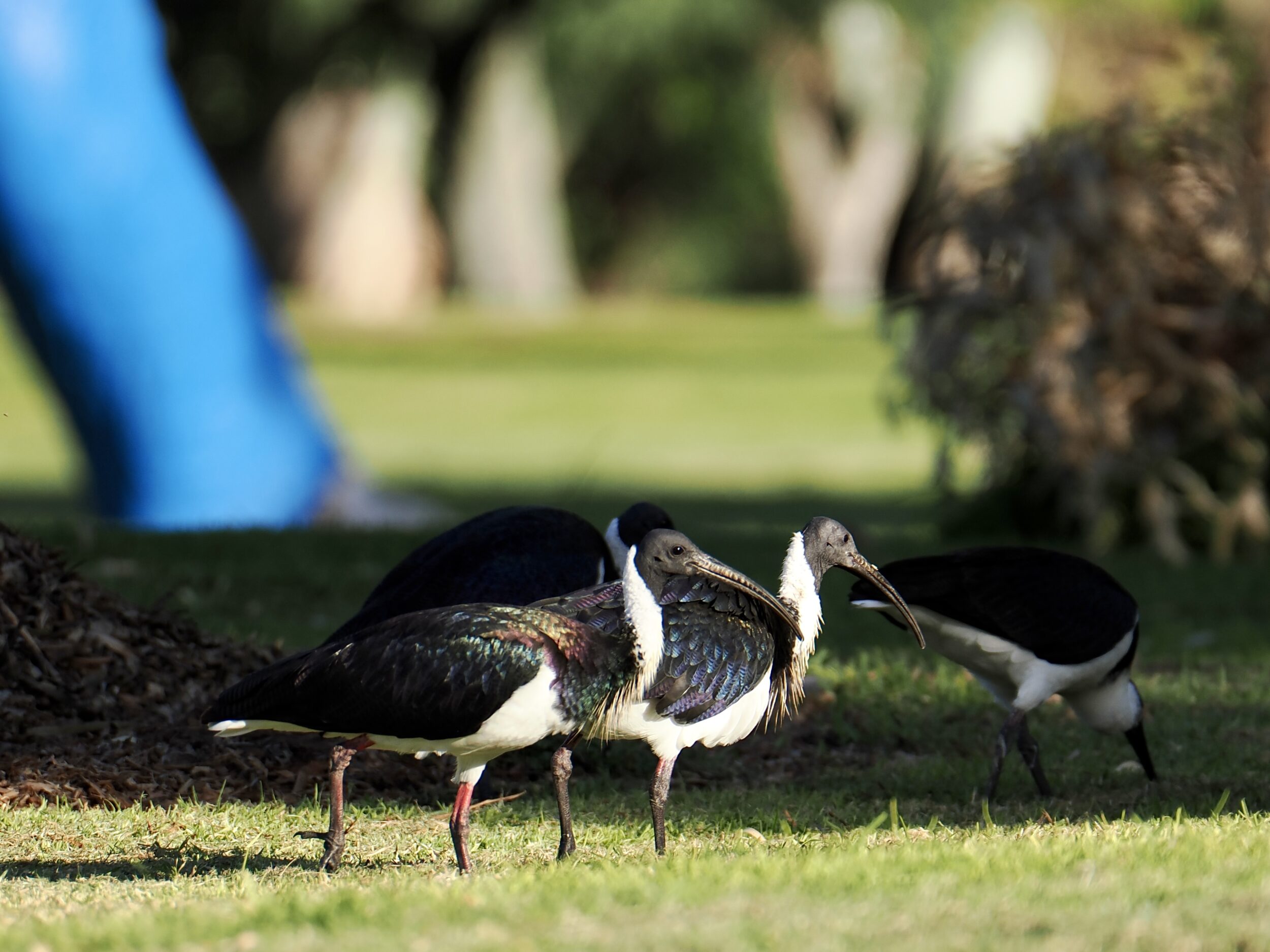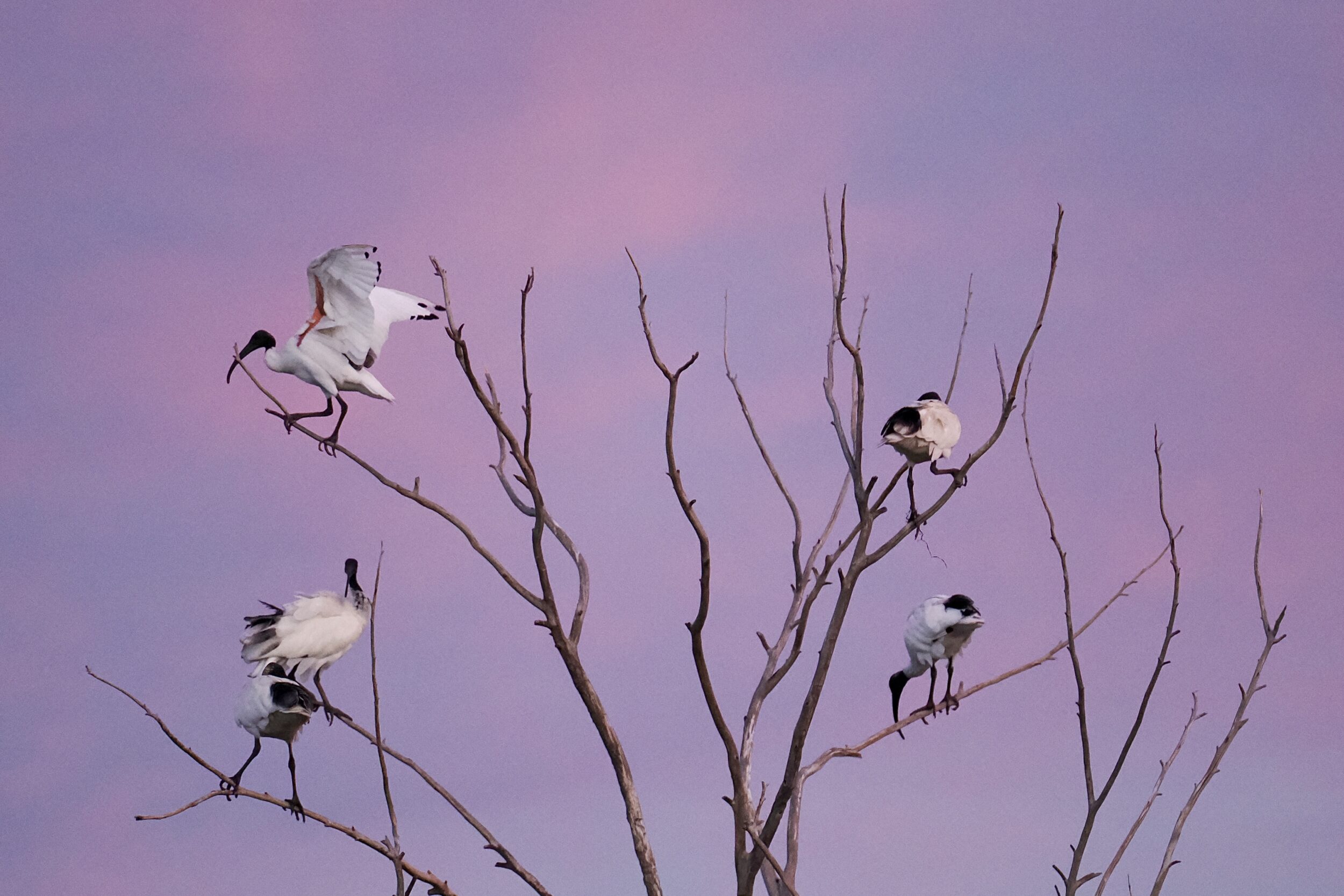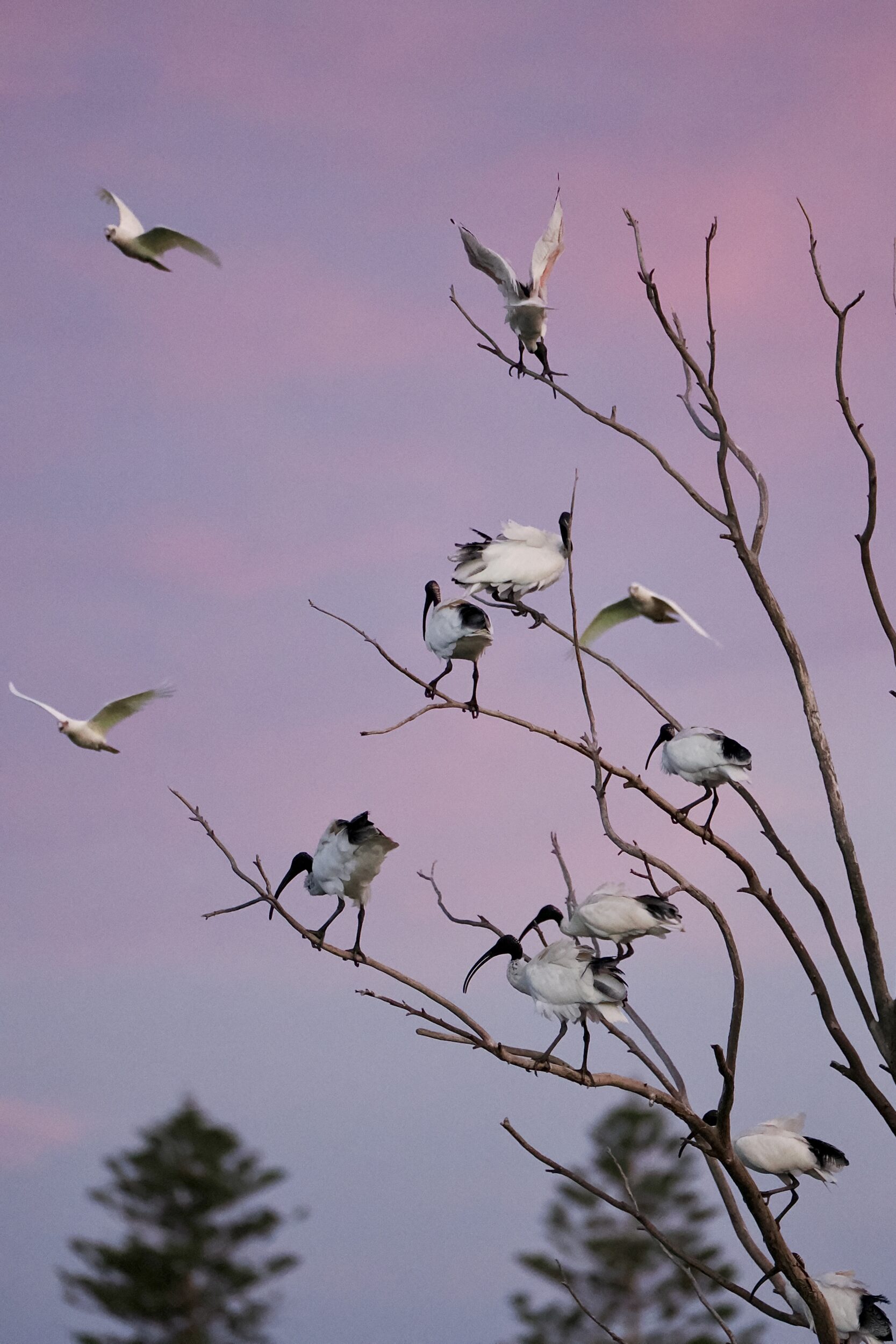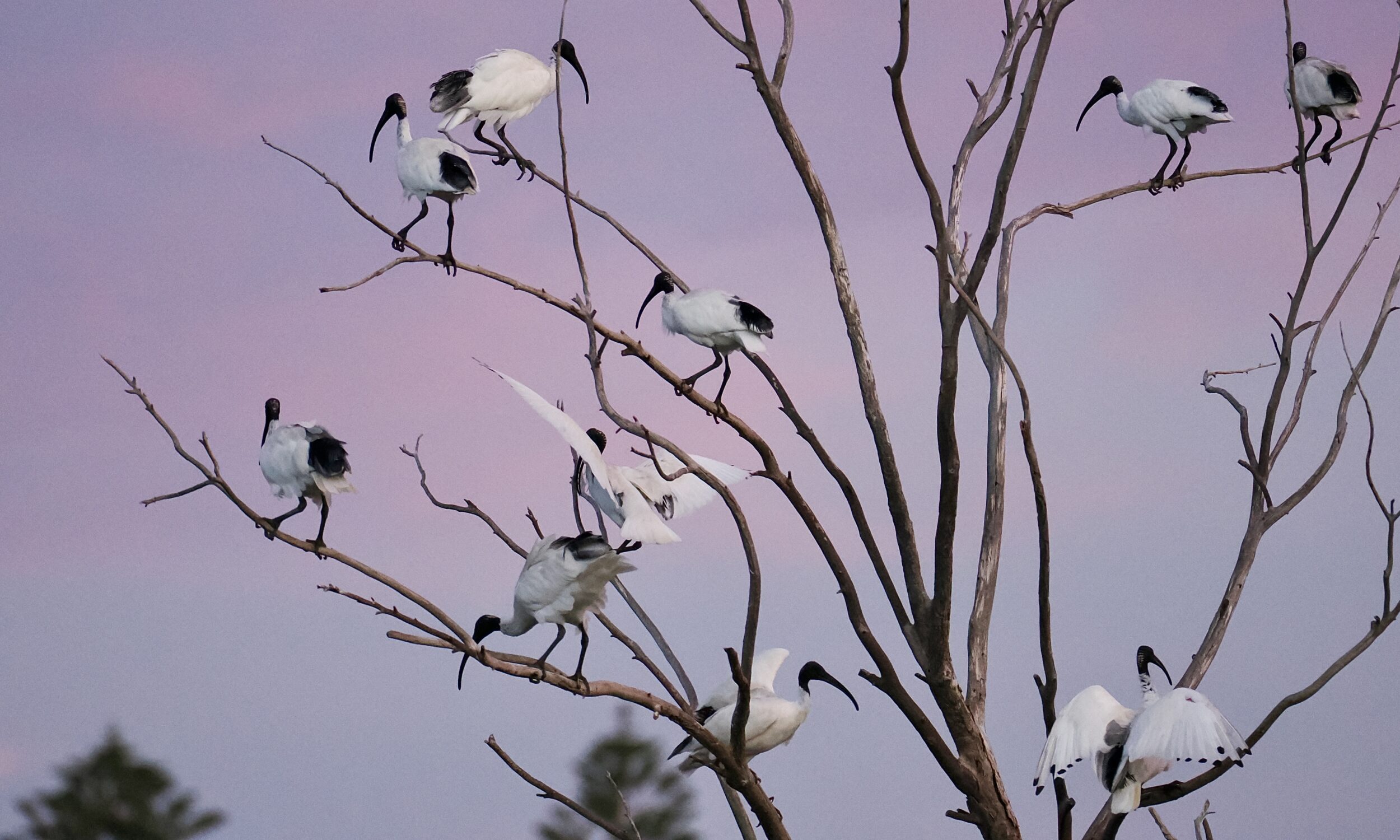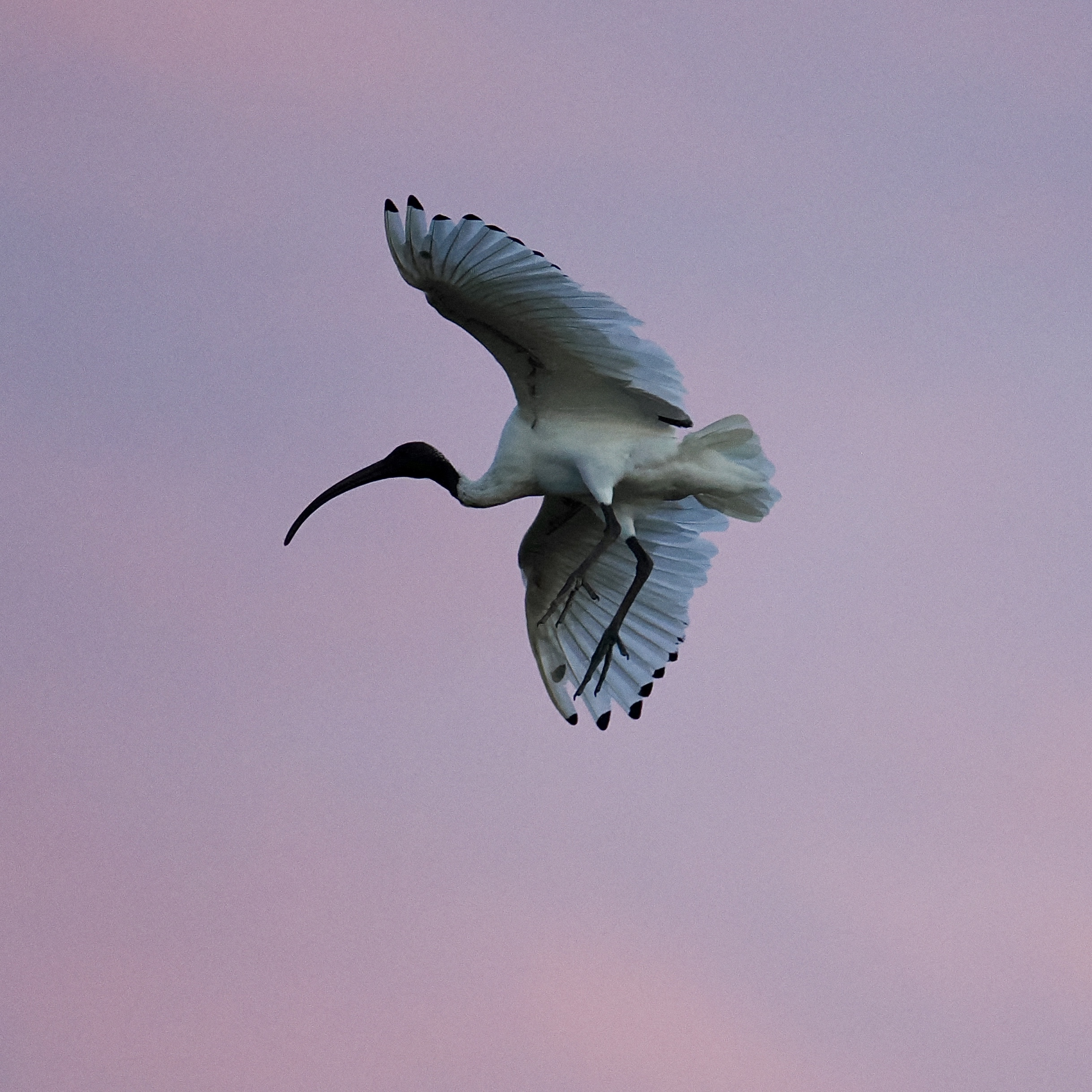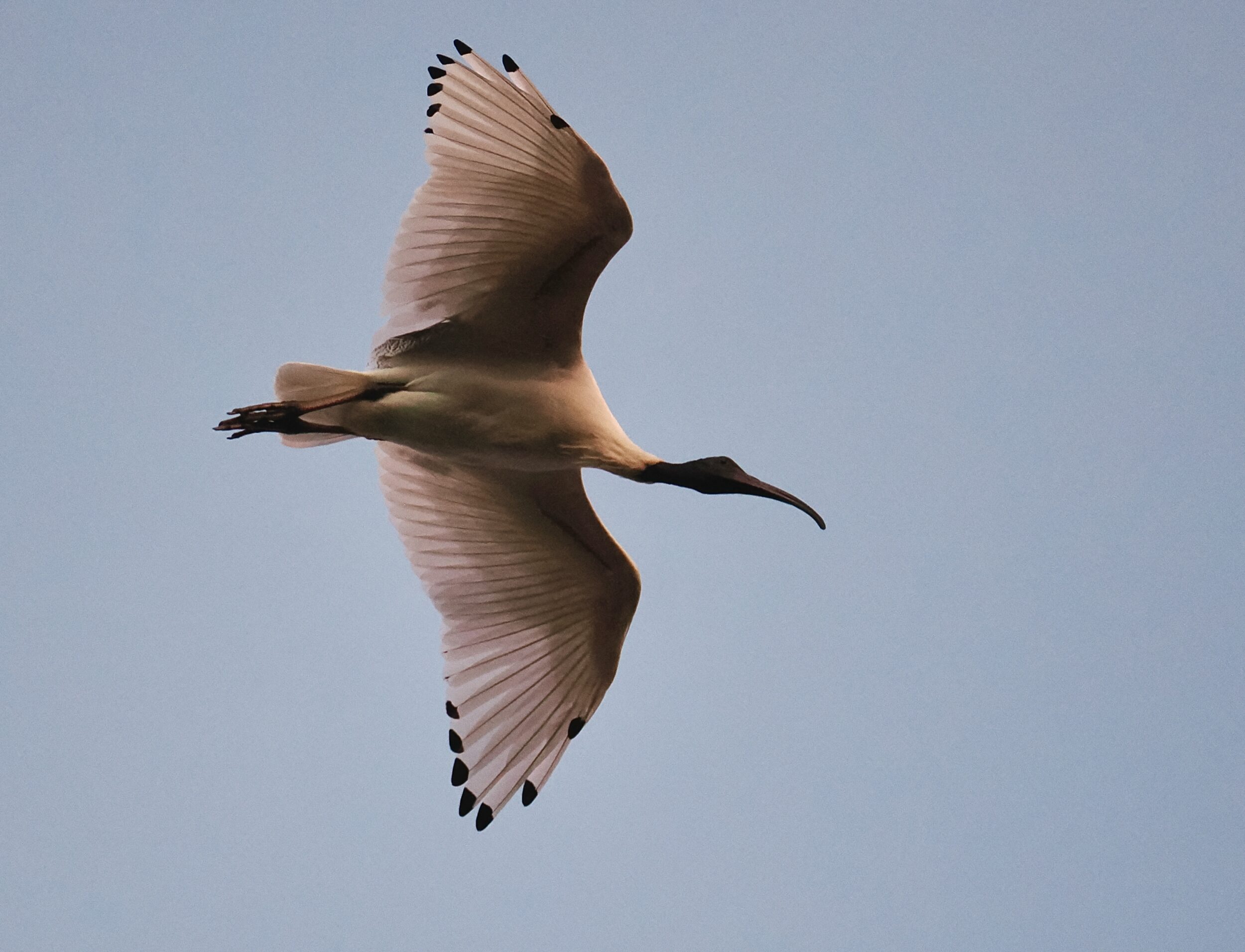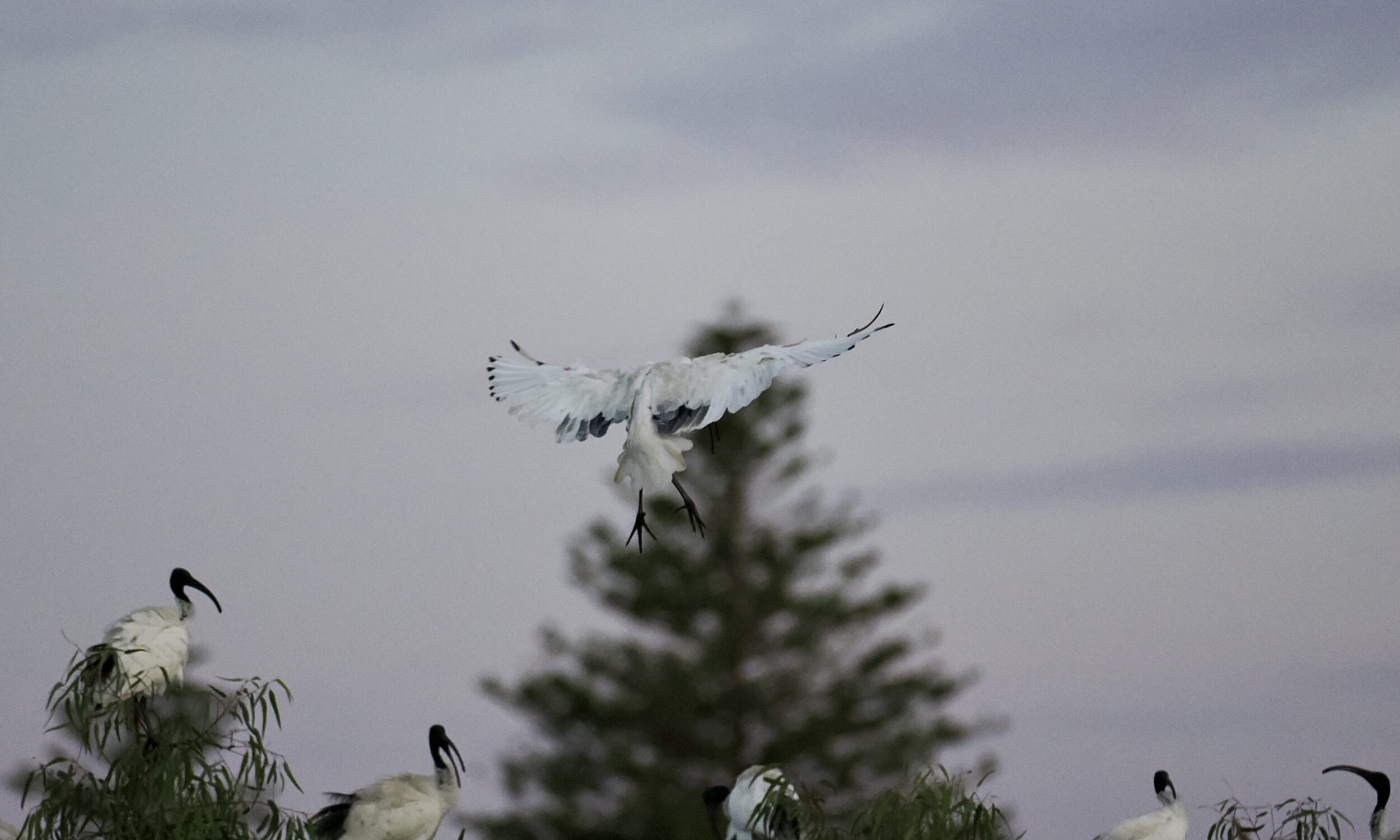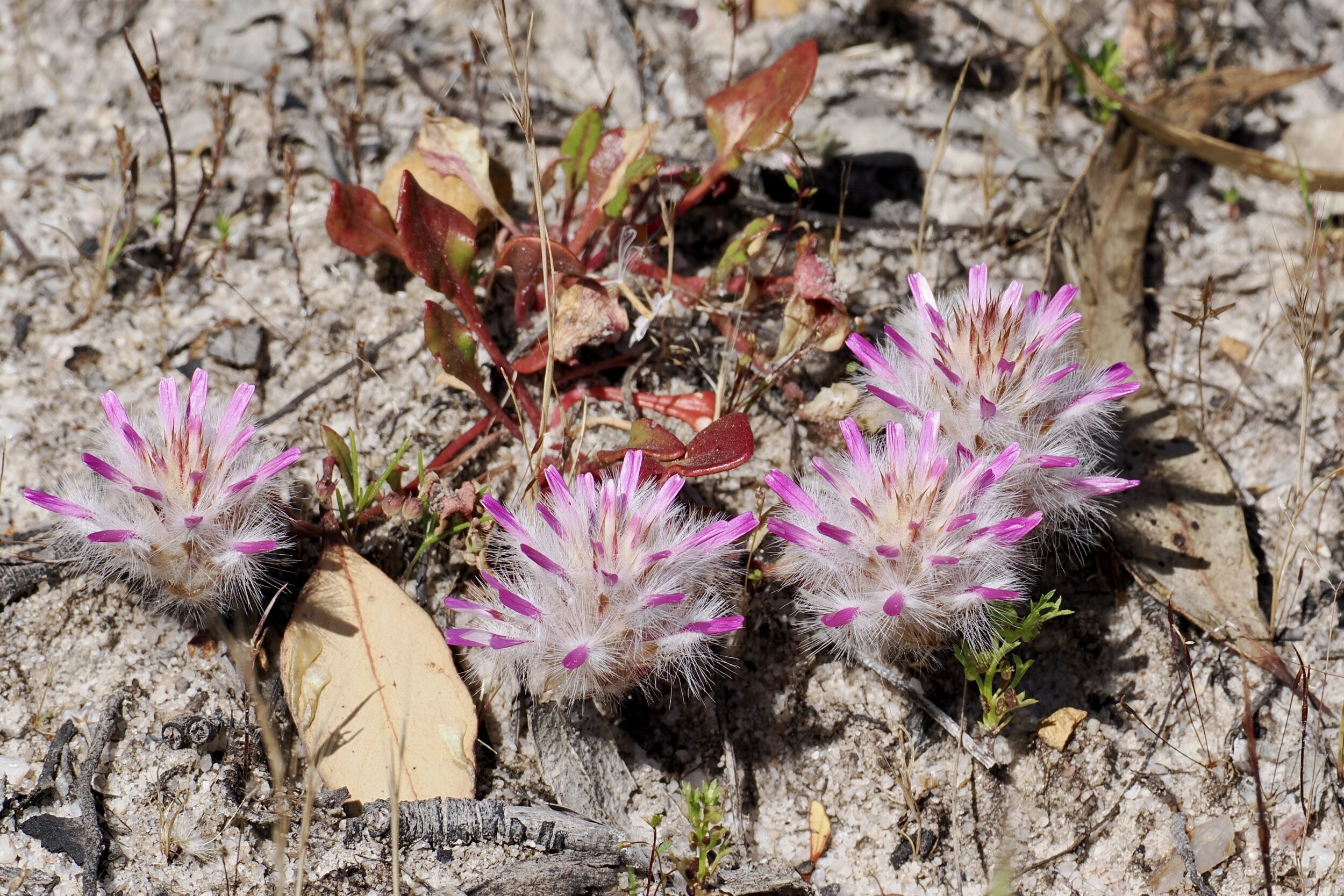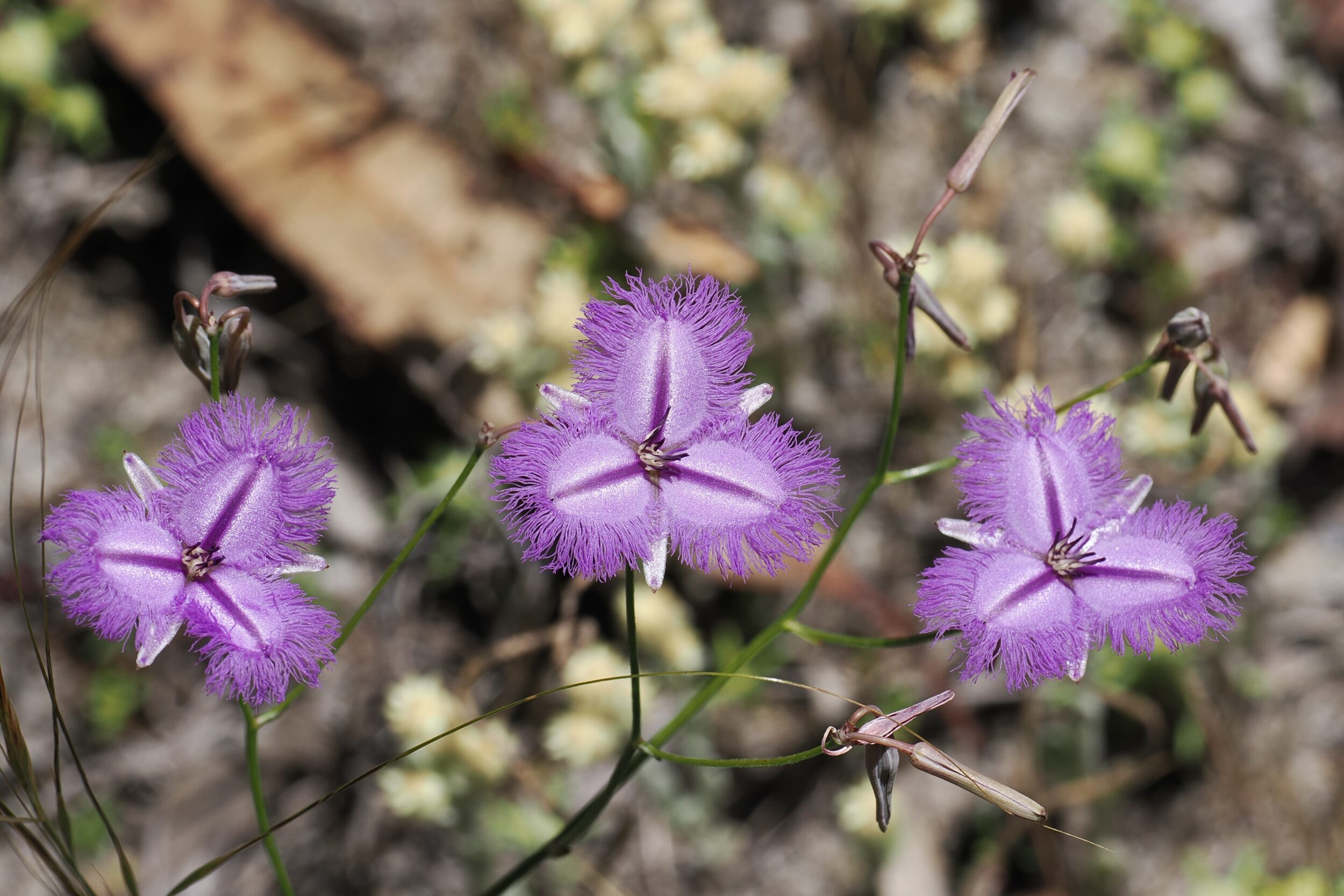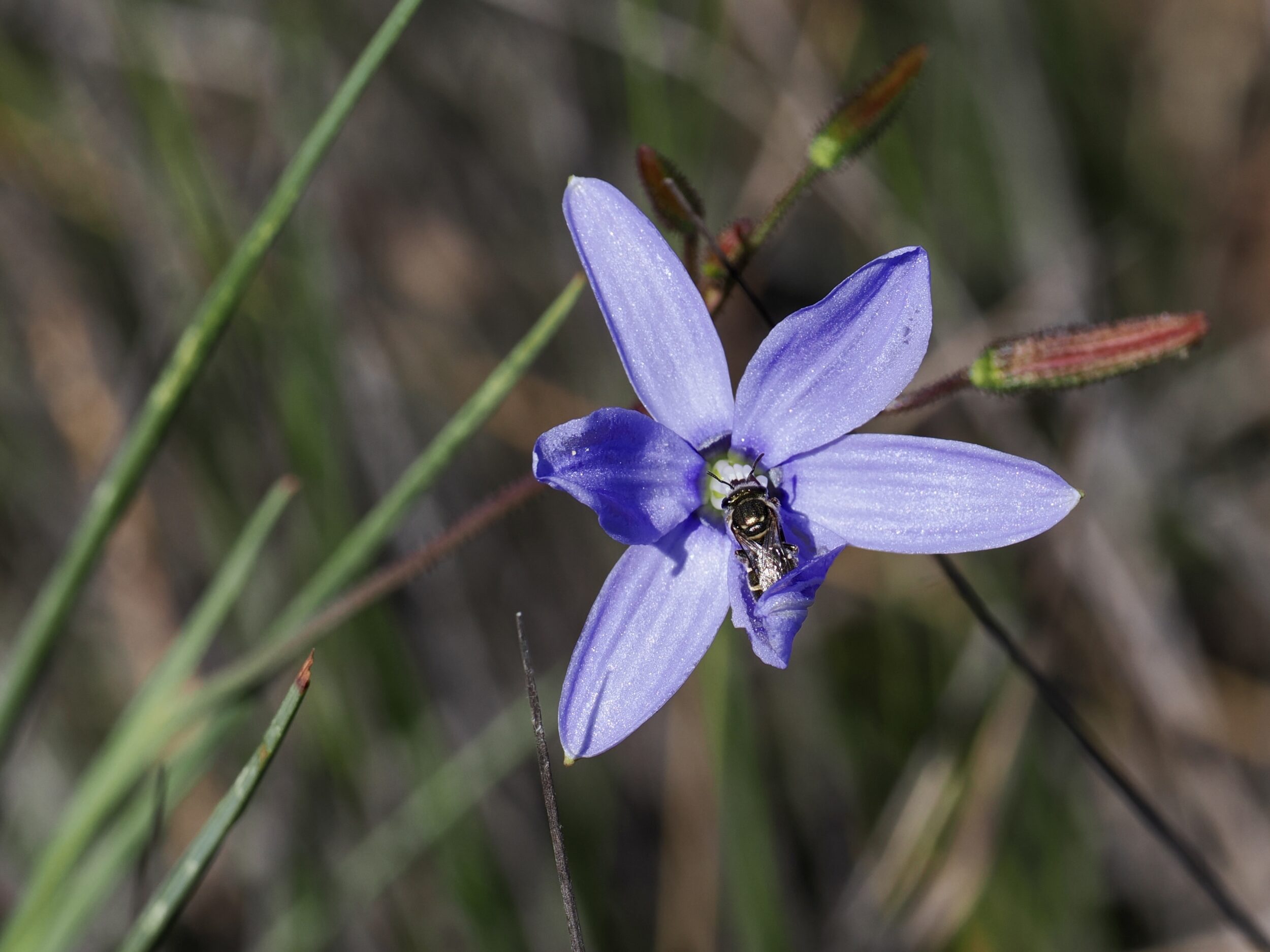Most Australian humans live in substantial cities.
Until late in the 20th century, ibis were not a “regular part of the urban scene”; urban humans who had seen ibis had usually seen them only when said humans “got out of town”.
Mid-20th century humans did not refer to Australian white ibis as “bin chickens – Threskiornis molucca was yet to “invade” our cities.
Back then, the ibis most familiar to Australians was Threskiornis spinicollis – the straw-necked ibis, aka “the farmer’s friend”.
All ibis pictured in this post are of the farmer-friendly kind, but photographed well within a metropolis.
Many (most, I suspect) city-resident humans who encounter these ibis wrongly assume that they are yet more “bin chickens”.
Leave a Comment